AGGIE GREEN FUND  TEXAS A&M UNIVERSITY
TEXAS A&M UNIVERSITY
AGGIE GREEN FUND  TEXAS A&M UNIVERSITY
TEXAS A&M UNIVERSITY
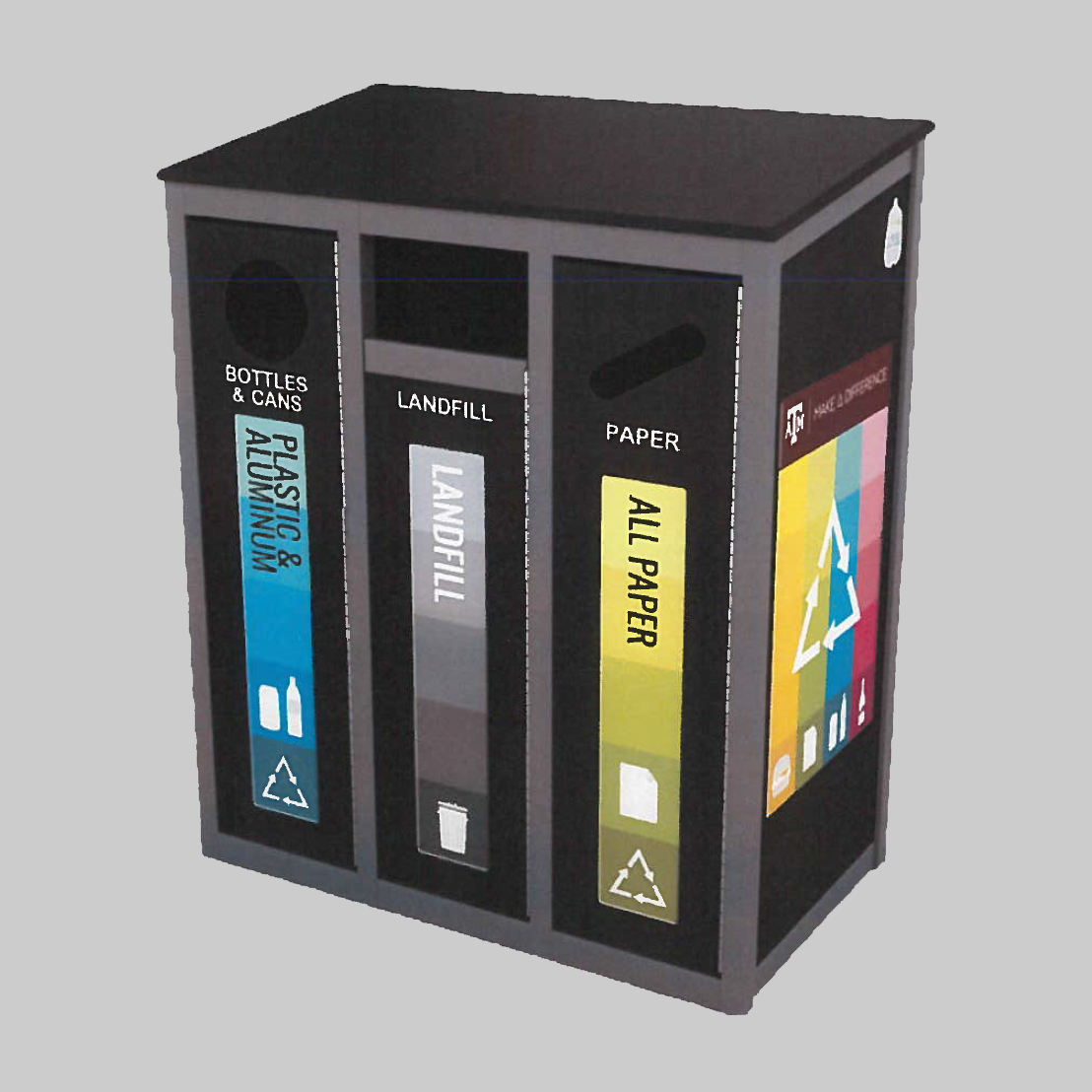
This project purchased three-stream recycling bins that capture waste, paper, and plastic/aluminum/glass containers. The bins were placed in high traffic areas across Main Campus.
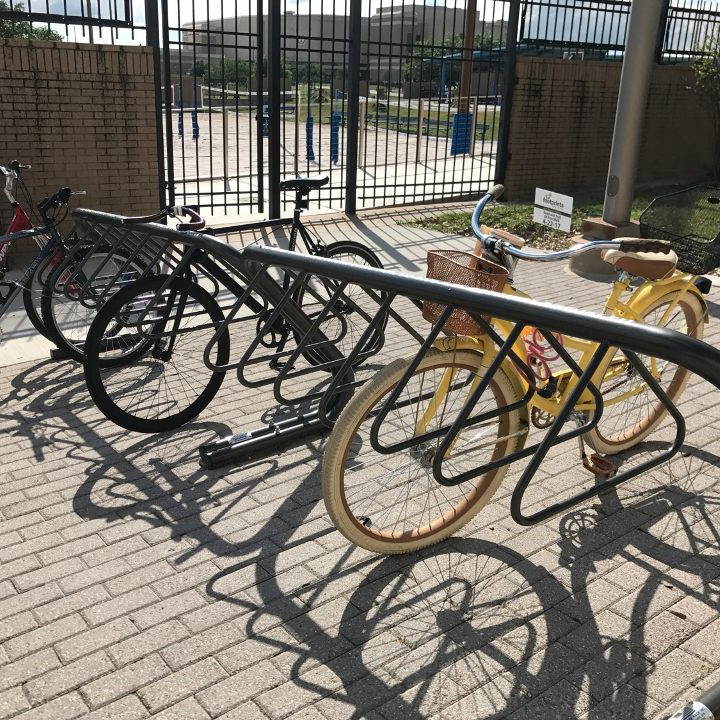
The goal of this project is to improve and expand bicycle parking around Texas A&M’s campus by adding 100 high-density style bike racks. These new racks are used to create bicycle parking facilities in new locations and replacing old-style bike racks.

This project aims to solve the increased usage of prohibited extension cords in residence halls. The new programmable power cords decrease “phantom” usage of appliances and increase fire hazard safety in on-campus living facilities.
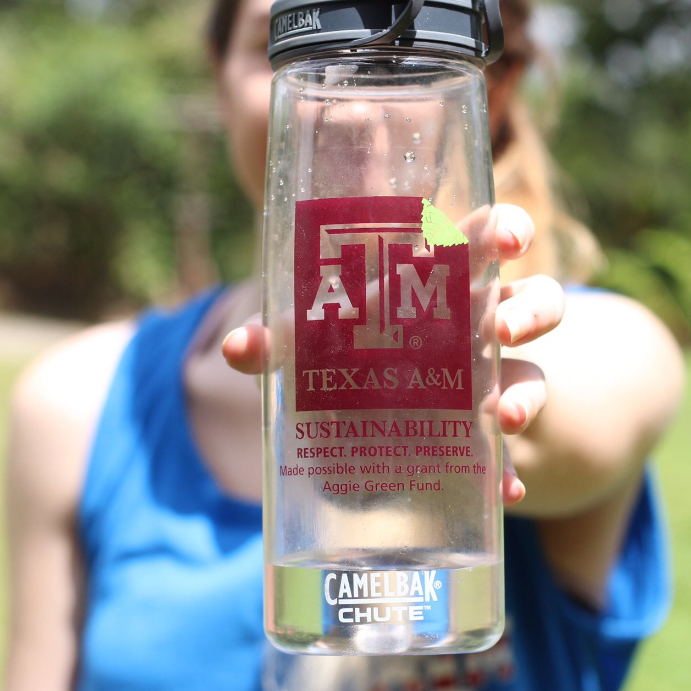
Sustainability student interns developed an outreach campaign that discourages the use of disposable water bottles and provides students with reusable water bottles. By receiving long-lasting reusable bottles along with education on plastic waste, students are empowered to stop using disposable bottles and reduce their plastic waste.
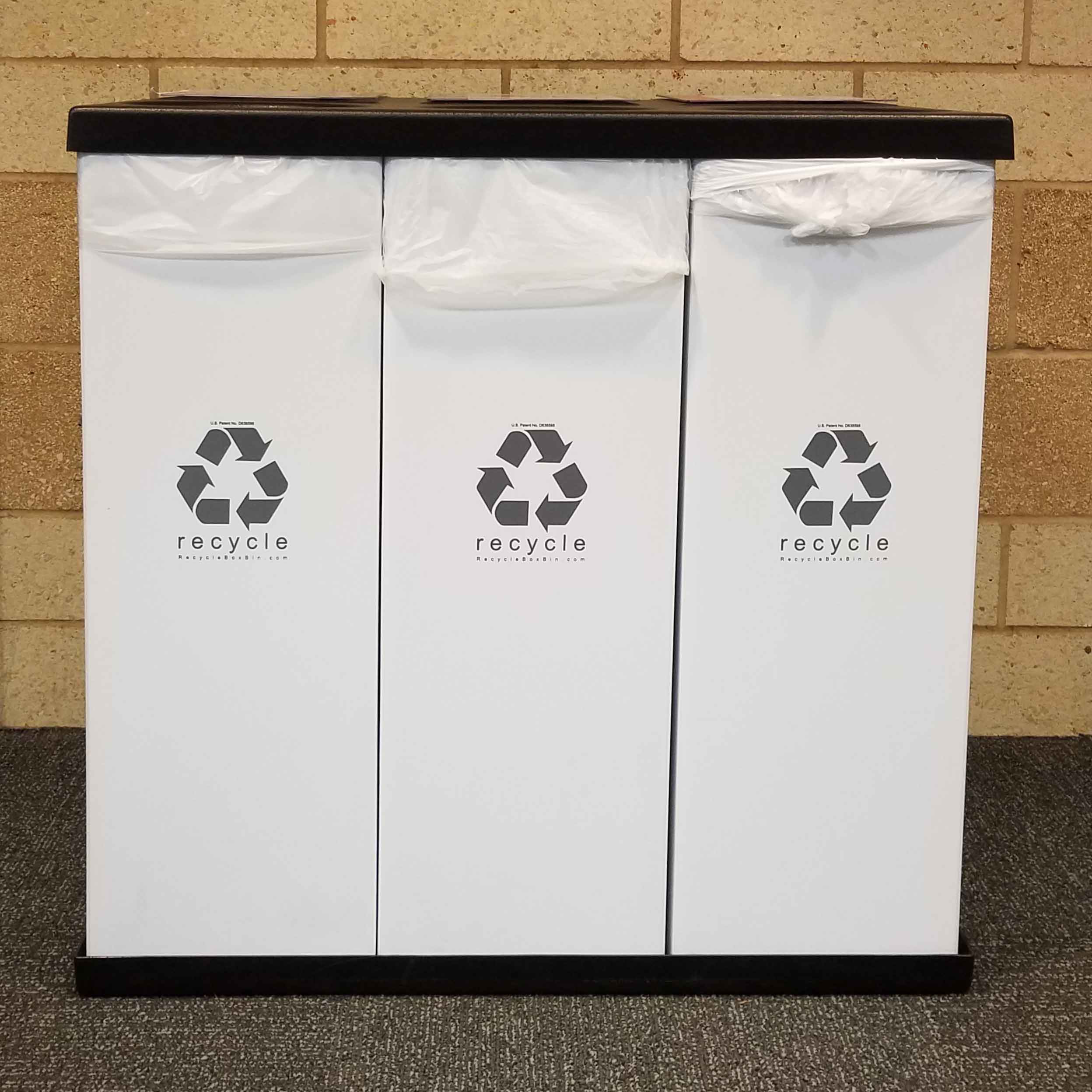
MGMT 422 class teams helped conduct research to find Mays Business School was lacking in recycling containers compared to other areas of campus. This project addresses those concerns by providing new recycling containers and create infographics to improve the culture surrounding recycling and waste management at Mays Business School.

Eleven modular residence halls keep their common area lights on 24/7 to maintain a welcoming and safe environment. This creates an opportunity to address electrical consumption through the installation of occupancy sensors, while still maintaining a safe environment.
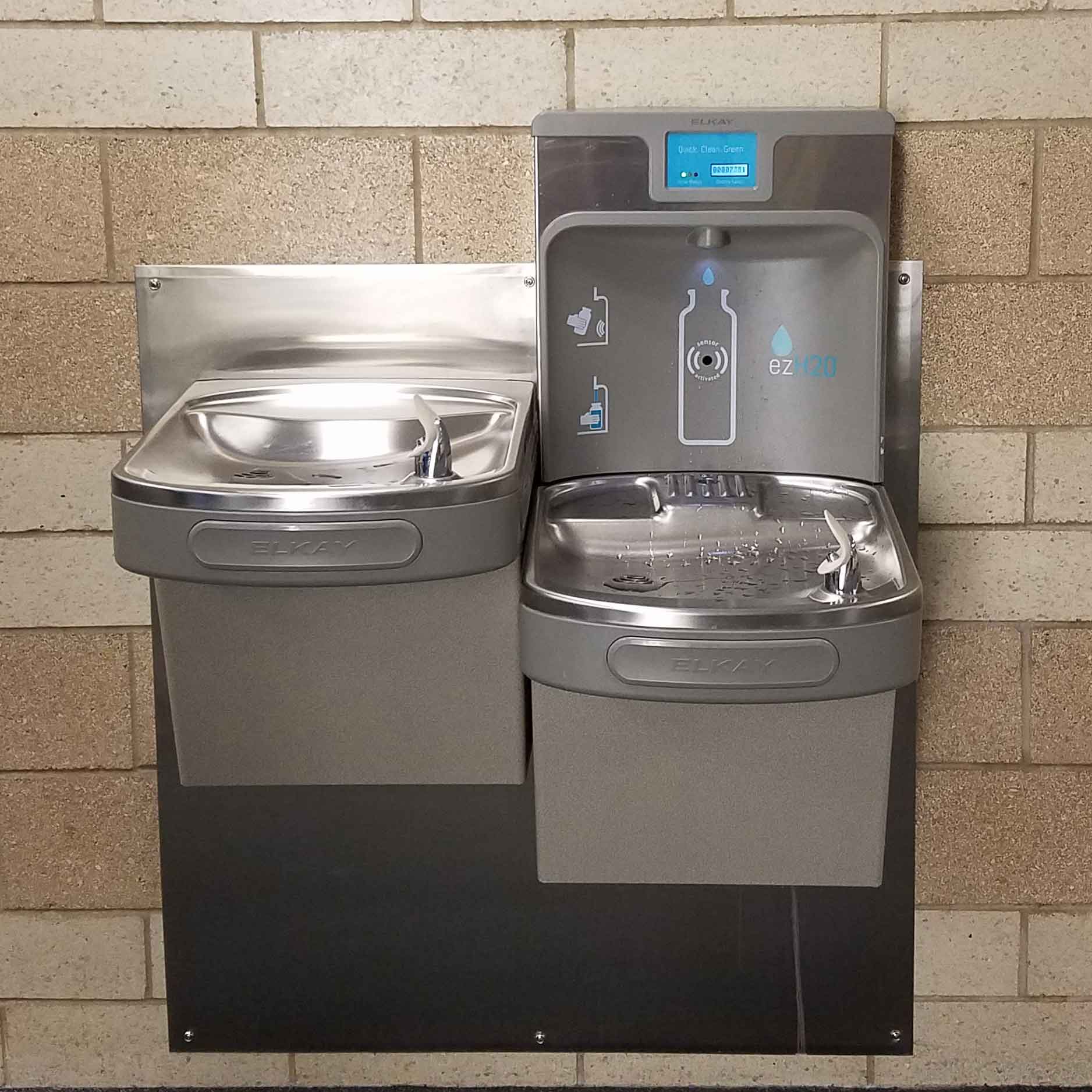
The Wehner building’s restroom waste receptacles are often crowded and overrun with paper towels. This project installed efficient hand dryers to increase traffic flow and decrease waste from students, faculty, and staff. The project also added a hydration station to a high-traffic area of the building.
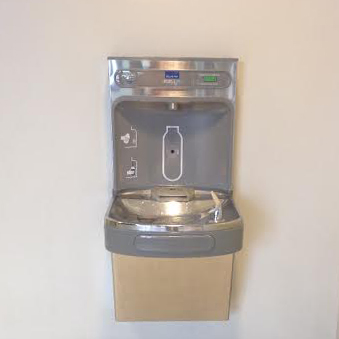
The Department of Chemical Engineering installed water bottle filling stations in the Jack E. Brown building. This reduces the amount of plastic waste consumed by the students and faculty that regularly occupy the building.

Lighting makes up 25-35% of residence halls’ electricity consumption. This project created stickers to remind students to turn out their lights when rooms are not in use to reduce electrical consumption and promote more sustainable living environments for on-campus residents.